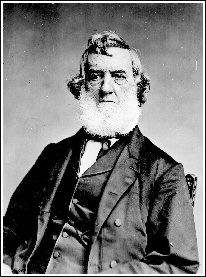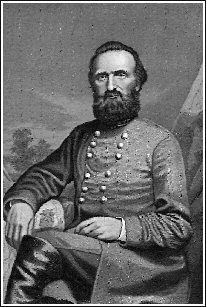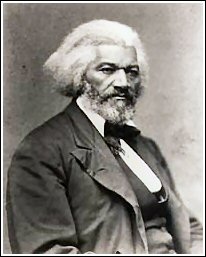Western Advance, Eastern Stalemate
The first large battle of the war, at Bull Run, Virginia, (also known as First Manassas) near Washington, stripped away any illusions that victory would be quick or easy. It also established a pattern, at least in the eastern United States, of bloody Southern victories, but victories that never translated into a decisive military advantage. For the first years, the South would often win the battle, but not the war.
Meanwhile, a brilliant naval commander, David Farragut, conducted two remarkable operations. In one, he took a Union fleet into the mouth of the Mississippi River, where he forced the surrender of the largest city in the South, New Orleans, Louisiana. In another, he made his way past the fortified entrance of Mobile Bay, Alabama, captured a Confederate ironclad vessel and sealed up the port.
In the Mississippi Valley, the Union forces won an almost uninterrupted series of victories. They began by breaking a long Confederate line in Tennessee, thus making it possible to occupy almost all the western part of the state. When the important Mississippi River port of Memphis was taken, Union troops advanced some 320 kilometers into the heart of the Confederacy. With the tenacious General Ulysses S. Grant in command, Union forces withstood a sudden Confederate counterattack at Shiloh, on the bluffs overlooking the Tennessee River, holding their ground stubbornly until reinforcements arrived to repulse the Confederates. Those killed and wounded at Shiloh numbered more than 10,000 on each side, a casualty rate that Americans had never before experienced. But it was only the beginning of the carnage.
In Virginia, by contrast, Union troops continued to meet one defeat after another. In a succession of bloody attempts to capture Richmond, the Confederate capital, Union forces were repeatedly thrown back. The Confederates had two great advantages: strong defense positions afforded by numerous streams cutting the road between Washington and Richmond; and two generals, Robert E. Lee and Thomas J. ("Stonewall") Jackson, both of whom far surpassed in ability the early Union commanders. In 1862 the Union commander, George McClellan, made a slow, excessively cautious attempt to seize Richmond. But in the Seven Days' Battles between June 25 and July 1, the Union troops were driven steadily backward, both sides suffering terrible losses.

Although Antietam was inconclusive in military terms, its consequences were nonetheless momentous. Great Britain and France, both on the verge of recognizing the Confederacy, delayed their decision, and the South never received the diplomatic recognition and economic aid from Europe that it desperately sought.
Antietam also gave Lincoln the opening he needed to issue the preliminary Emancipation Proclamation, which declared that as of January 1, 1863, all slaves in states rebelling against the Union were free. In practical terms, the Proclamation had little immediate impact; it freed slaves only in the Confederate states, while leaving slavery intact in the border states. Politically, however, it meant that in addition to preserving the Union, the abolition of slavery was now a declared objective of the Union war effort.

Despite the political gains represented by the Emancipation Proclamation, however, the North's military prospects in the East remained bleak as Lee's Army of Northern Virginia continued to maul the Union Army of the Potomac, first at Fredericksburg, Virginia, in December 1862 and then at Chancellorsville in May 1863. But Chancellorsville, although one of Lee's most brilliant military victories, was also one of his most costly with the death of his most valued lieutenant, General Stonewall Jackson, who was mistakenly shot by his own men.
